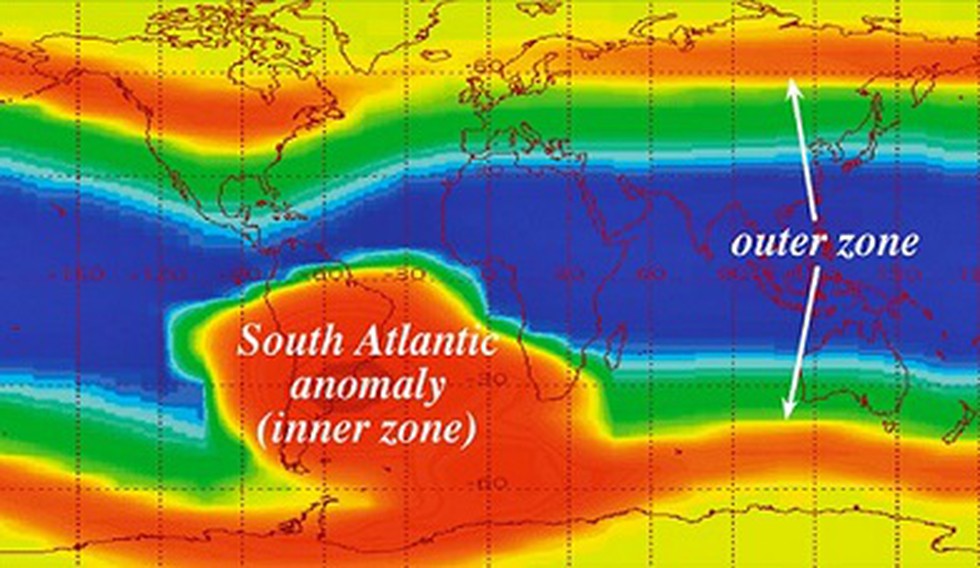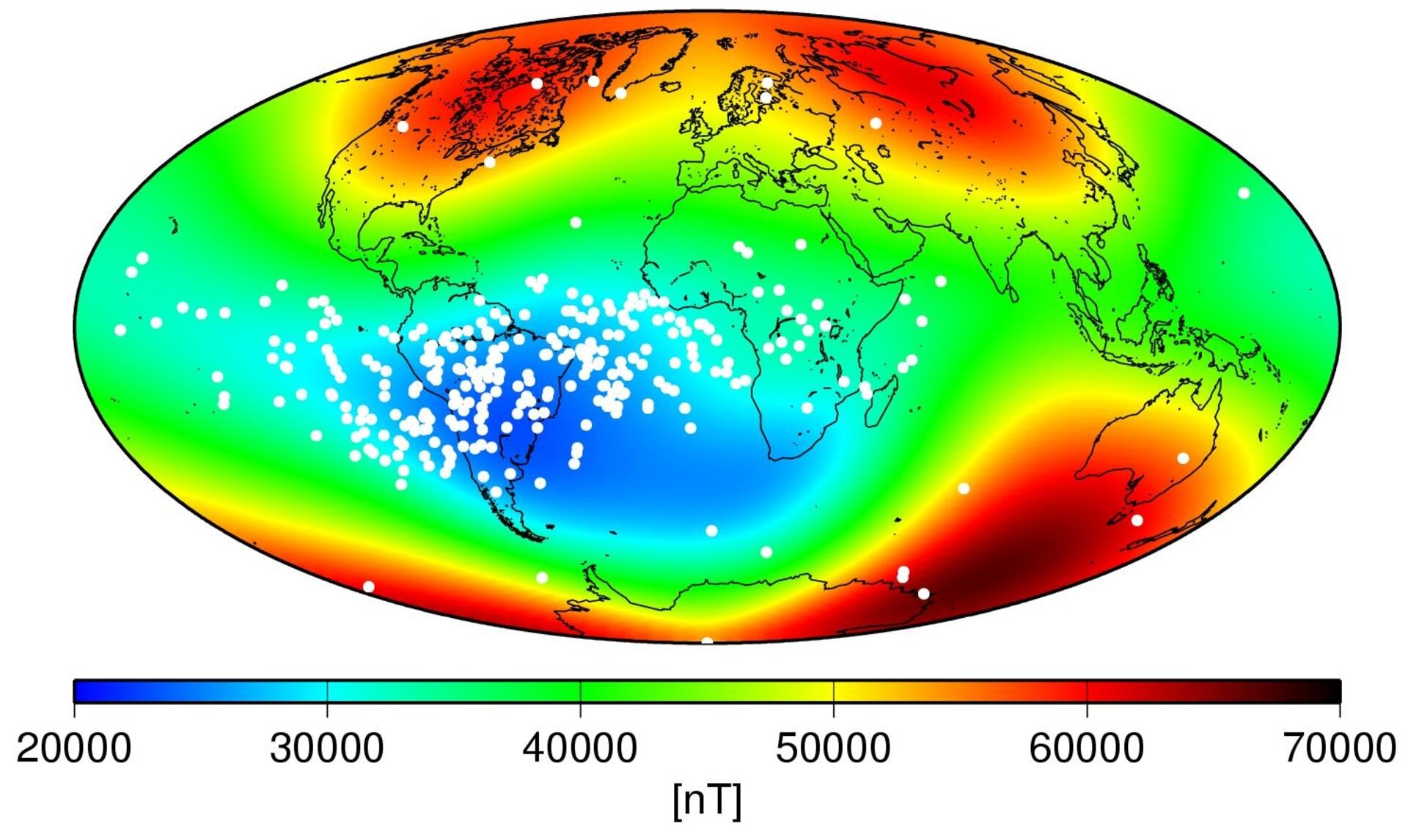

Understanding the anomaly will be important for space-based research and could affect the safety of satellites in the future. PNAS, published online Jdoi: 10.1073/pnas."This brings us closer to linking behaviour of the geomagnetic field directly to features of the Earth's interior," said Engbers. Elevated paleomagnetic dispersion at Saint Helena suggests long-lived anomalous behavior in the South Atlantic. The study was published in the Proceedings of the National Academy of Sciences. This brings us closer to linking behavior of the geomagnetic field directly to features of the Earth’s interior.” “It also supports earlier studies that hint towards a link between the South Atlantic Anomaly and anomalous seismic features in the lowermost mantle and the outer core. “It suggests that the South Atlantic Anomaly is a recurring feature and probably not a sign of an impending reversal.” “This is the first time that the irregular behavior of the geomagnetic field in the South Atlantic region has been shown on such a long timescale,” she added. “It reveals that the anomaly in the magnetic field in the South Atlantic is not an one-off - similar anomalies existed 8-11 million years ago.”

“Our study provides the first long term analysis of the magnetic field in this region dating back millions of years,” Engbers said. The geomagnetic records from the rocks covering 34 different volcanic eruptions that took place between 8 and 11 million years ago revealed that at these occurrences the direction of the magnetic field for Saint Helena often pointed far from the North Pole, just like it does today. student Yael Engbers and colleagues analyzed the record of the magnetic field which is preserved in igneous rocks from the island of Saint Helena, which lies in the midst of the South Atlantic Anomaly.

In a new study, University of Liverpool Ph.D. Over the last 200 years, it has lost around 9% of its strength on a global average.Ī large region of reduced magnetic intensity has developed between Africa and South America and is known as the South Atlantic Anomaly.įrom 1970 to 2020, the minimum field strength in this area has dropped from around 24,000 to 22,000 nanoteslas (nT), while at the same time the area of the anomaly has grown and moved westward at a pace of around 20 km per year (12.4 miles per year). This field is far from static and varies both in strength and direction. It is largely generated by an ocean of superheated, swirling liquid iron that makes up the outer core around 3,000 km (1,864 miles) beneath our feet.Īcting as a spinning conductor in a bicycle dynamo, it creates electrical currents, which in turn, generate our continuously changing electromagnetic field.

Image credit: ESA / ATG Medialab.Įarth’s magnetic field is a complex and dynamic force that protects us from cosmic radiation and charged particles from the Sun. The field can be thought of as a huge bubble, protecting us from cosmic radiation and charged particles that bombard Earth in solar winds. The magnetic field and electric currents in and around Earth generate complex forces that have immeasurable impact on every day life.


 0 kommentar(er)
0 kommentar(er)
